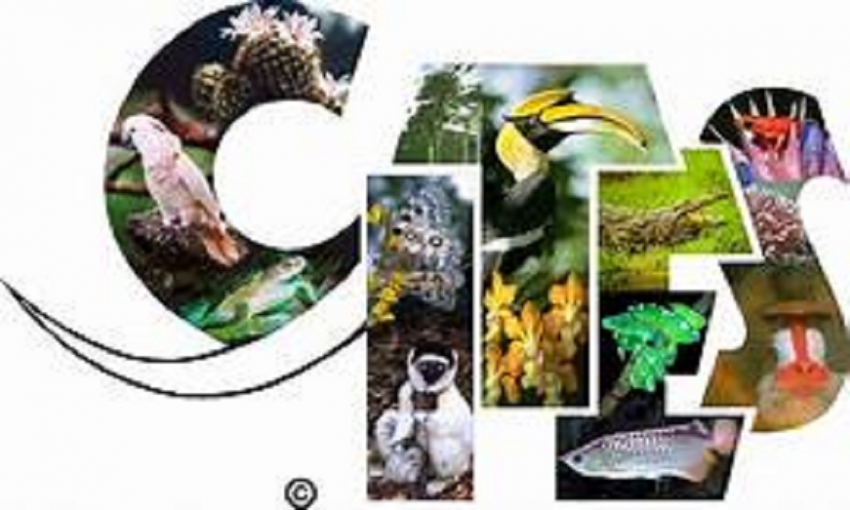CITES meets once in 3 years to discuss ways to regulate the trade in international wildlife, that is worth billions of dollars annually. This trade could also impact the biodiversity, as species traded as exotic pets, timber and other flora are often subject to over-exploitation. The meeting focuses on what species should be protected from the wildlife trade and to what level.
About 5,800 species of animals and 30,000 species of plants currently receive various levels of protection from CITES. There are 3 Appendices under CITES where animals or plants can be listed according to the threatened levels. Trade in species listed under Appendix I, is prohibited, while species in Appendix II can be traded with a licence, ensuring it is obtained legally and, if harvested, it won’t hurt the species’ chances of survival.
Conference delegates will submit proposals for changes to these lists, subject to the species’ threat levels, due to the trade. There can also be requests to lessen the threat levels. These requests have been approved through a ballot. Proposals such as the sale of stockpiles of African ivory, attracted heated voting, said Dr. Sevvaandi Jayakody, currently attending the conference. “One of the notable proposals approved at the conference so far, includes listing of Giraffe under CITES Appendix II,” she said.
Sri Lanka too proposed enlisting 4 of the country’s endemic agamid lizards to be included in Appendix I, banning their trade. Sri Lanka is also co-proponents of listing Star Tortoises and Tiger Spiders (Tarantulas) and several Shark species in CITES Appendix II.Dr. Sevvandi said that Sri Lanka received unprecedented support at the meeting, with every party conveying their concerns, before taking the floor.



















